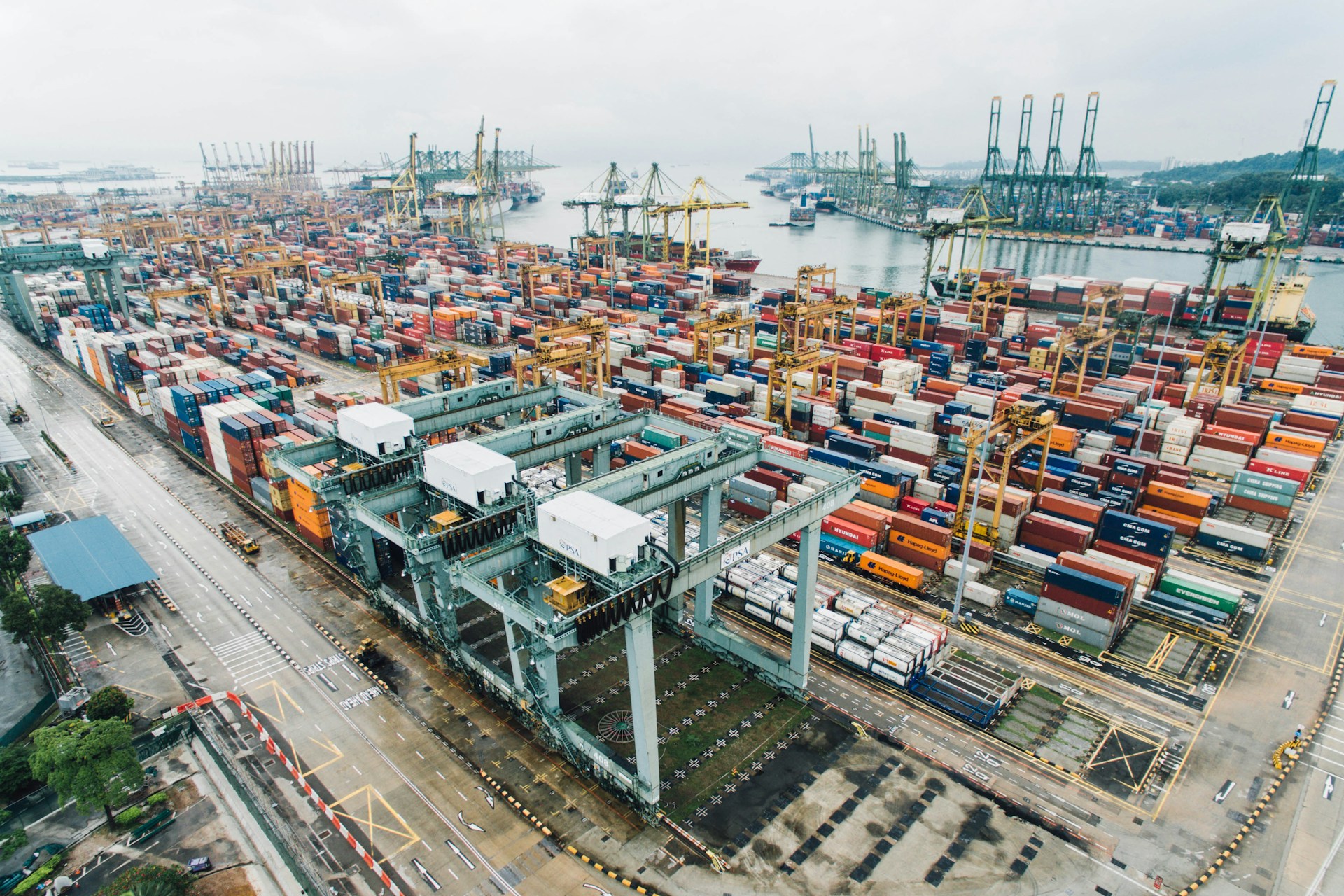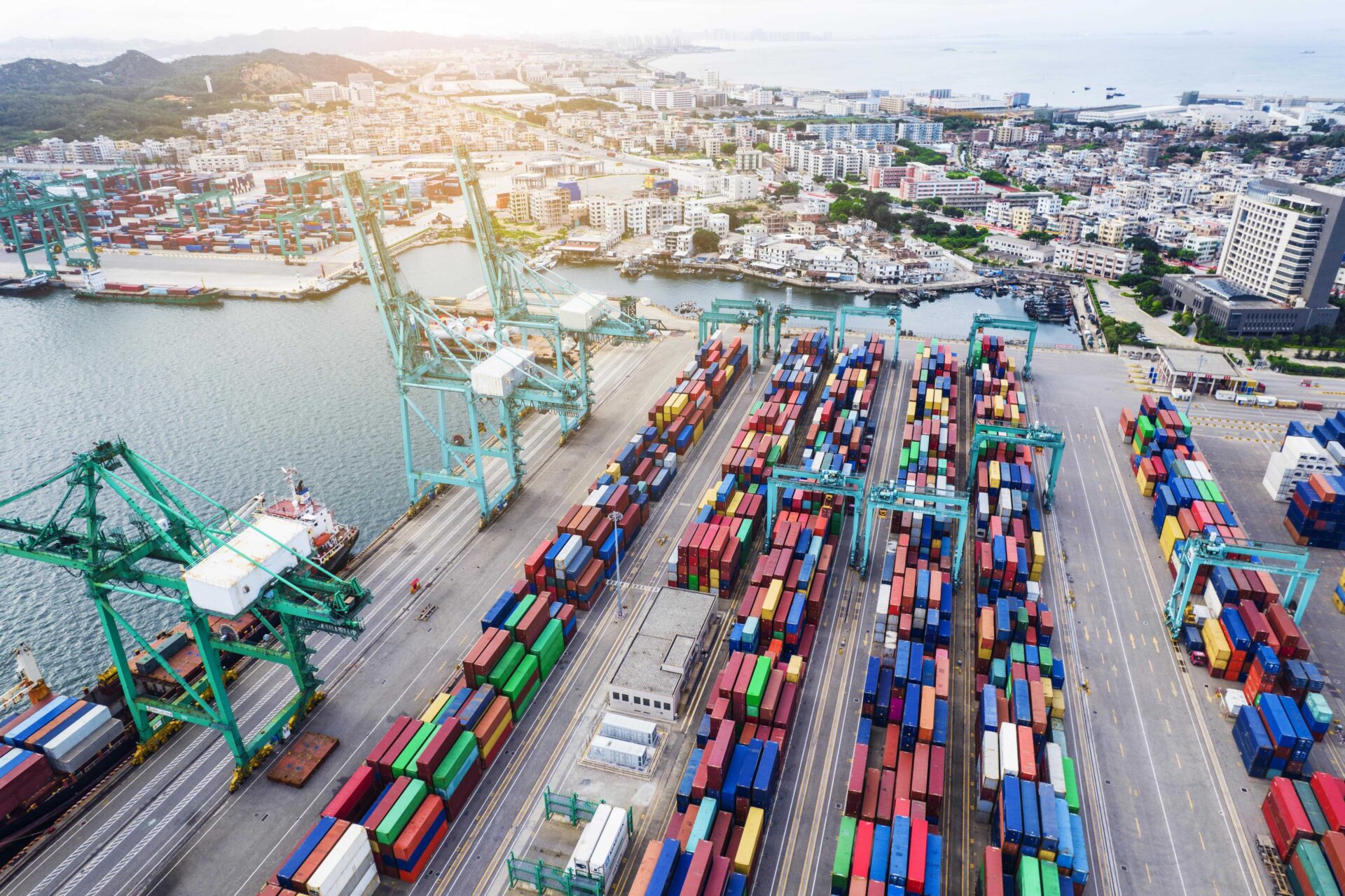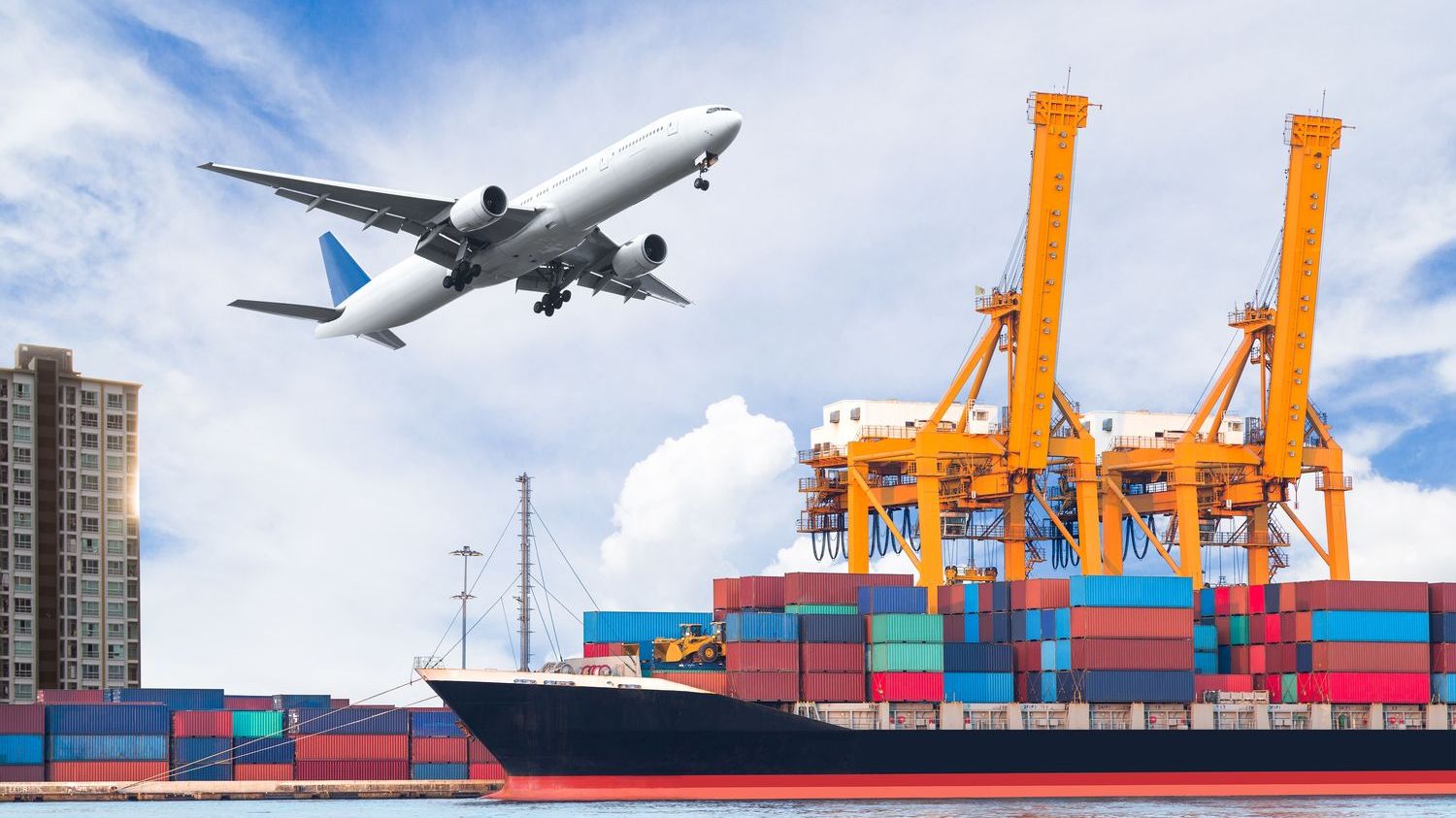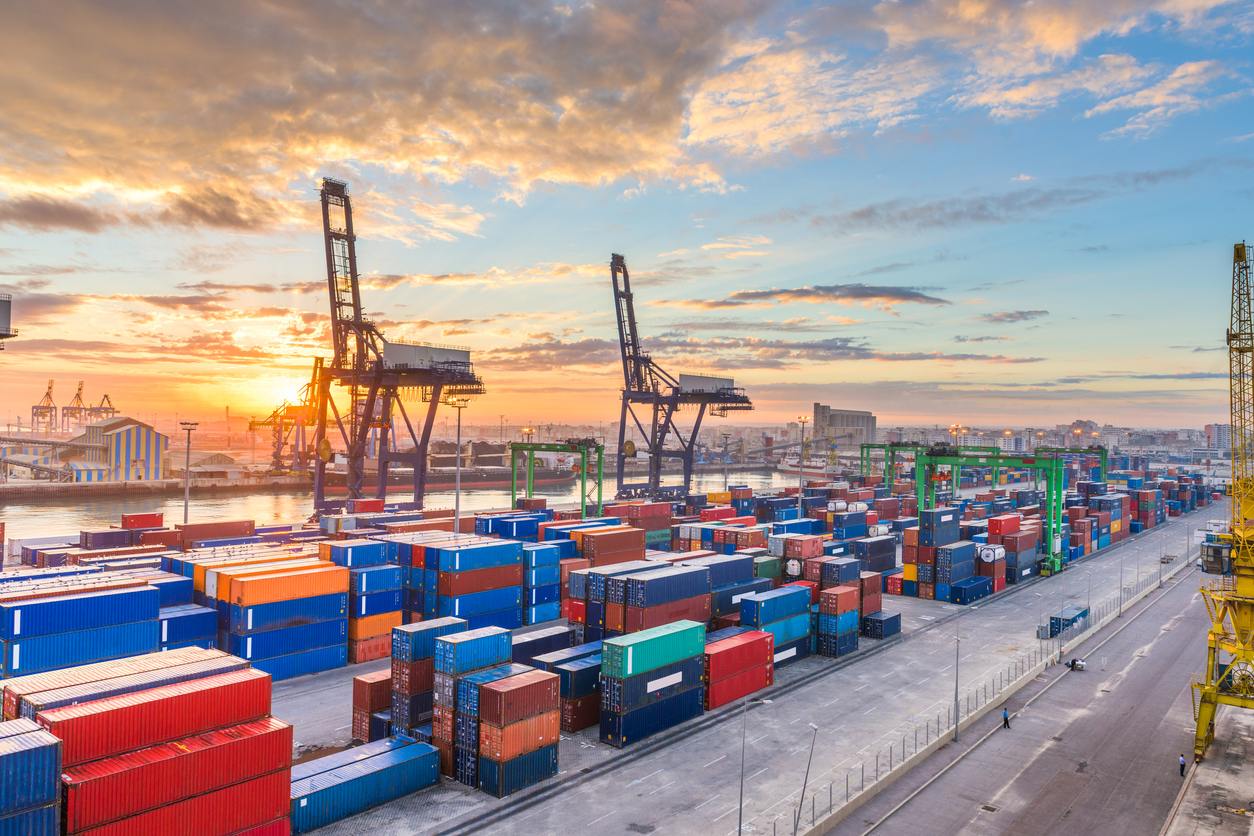In today’s globalized business landscape, efficient logistics and transportation are paramount for companies seeking to streamline their supply chains and minimize expenses. One critical aspect of this process is understanding the intricacies of 20-foot container shipping costs, which can greatly impact your bottom line. As businesses navigate the complexities of international trade, it’s crucial to partner with a reliable service provider like XRGLOBAL, renowned for its cost-effective and transparent solutions.
When considering 20-foot container shipping, several factors come into play, including cargo size, destination, port fees, carrier rates, and even seasonal fluctuations. To begin, let’s delve into the anatomy of these costs. A standard 20-foot container measures approximately 20 feet in length, 8 feet in height, and 8 feet from top to bottom, providing ample space for various cargo types, from pallets to bulky goods.
First and foremost, the base cost of a 20-foot container is determined by the shipping line or carrier. These rates are influenced by factors such as demand, competition, and market conditions. Companies like XRGLOBAL, known for their extensive network and negotiation power, can secure competitive rates that help keep your shipping expenses under control.
Next, port charges and handling fees must be accounted for. These include terminal handling fees (THF), which cover the loading and unloading of containers at the origin and destination ports, as well as customs clearance and documentation fees.码头操作费(THF)在起始和目的港口的装货和卸货中是必不可少的,还包括清关和文件处理费用。 Partnering with a service provider like XRGLOBAL ensures that these ancillary costs are managed efficiently, minimizing any unexpected surges.
The distance between ports also significantly affects shipping costs. Longer transit routes generally result in higher rates due to increased fuel consumption and operational expenses. However, with XRGLOBAL’s strategic partnerships and route optimization, you can access cost-effective alternatives, even for distant destinations.
Another critical factor to consider is the type of service level you require. Full-container load (FCL) or less-than-container load (LCL) shipping will impact your costs. FCL offers dedicated space and more control over delivery times, while LCL allows for shared container space and lower upfront costs. XRGLOBAL provides both options, helping you choose the most suitable solution based on your cargo volume and urgency.
Seasonality can also impact 20-foot container shipping costs. Peak periods, such as holiday seasons or major trade events, often drive up rates due to increased demand. By partnering with a forwarder like XRGLOBAL, you can access real-time market data and plan your shipments accordingly, avoiding potential surge costs.
To further optimize your costs, it’s essential to monitor your cargo density and packaging efficiency. Dense cargo fills the container more effectively, reducing empty space and lowering overall costs. XRGLOBAL’s logistics experts can advise on efficient packaging strategies and help you minimize waste, leading to a leaner shipping profile.
Lastly, don’t overlook the importance of transparency and visibility in managing 20-foot container shipping costs. With XRGLOBAL‘s advanced tracking systems, you can stay informed about your shipment’s progress, anticipate potential delays, and make informed decisions about carrier switching or rate negotiations when necessary.
In conclusion, understanding and managing 20-foot container shipping costs is a strategic task for businesses looking to maintain a competitive edge in the global market. By partnering with a reliable service provider like XRGLOBAL, you gain access to competitive carrier rates, efficient port operations, and expert guidance on optimizing your logistics chain. Embrace the benefits of working with a company that prioritizes transparency, flexibility, and cost savings, and watch your shipping costs become more predictable and sustainable.





